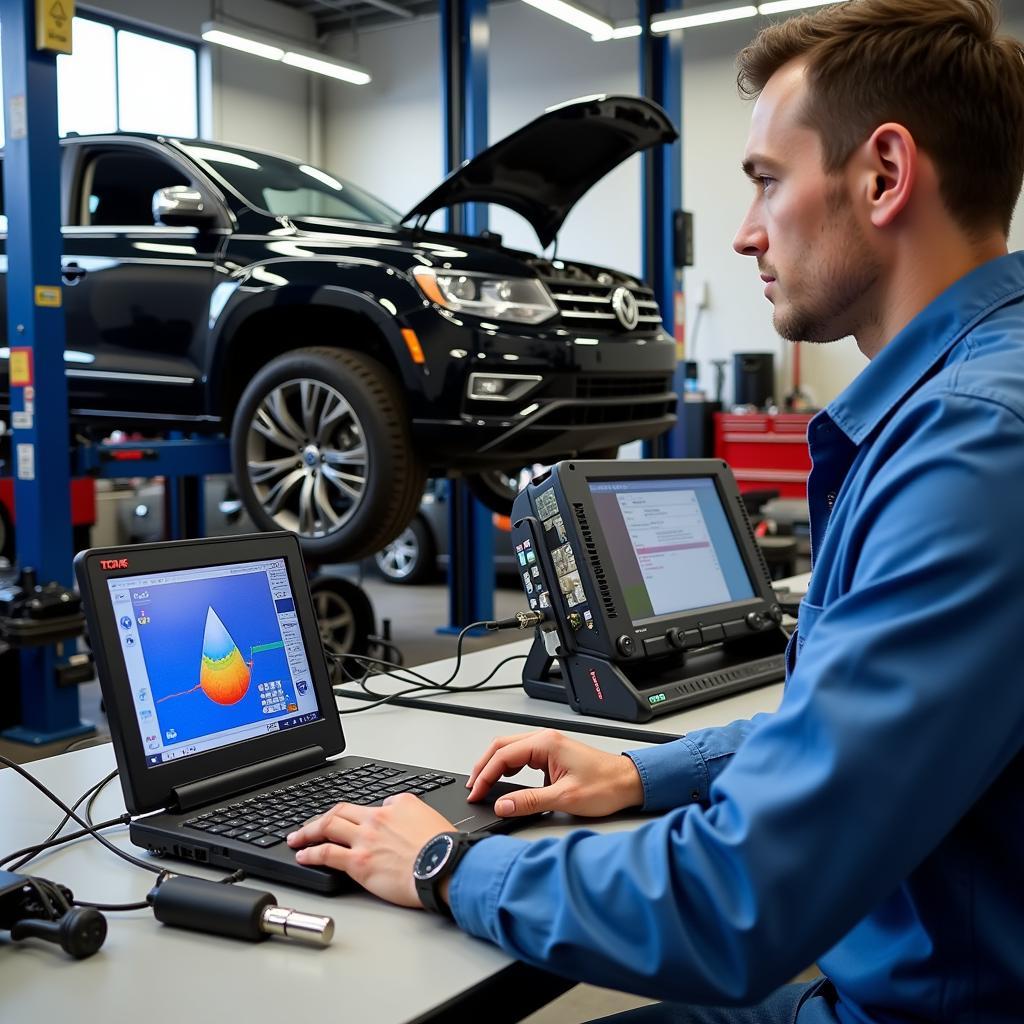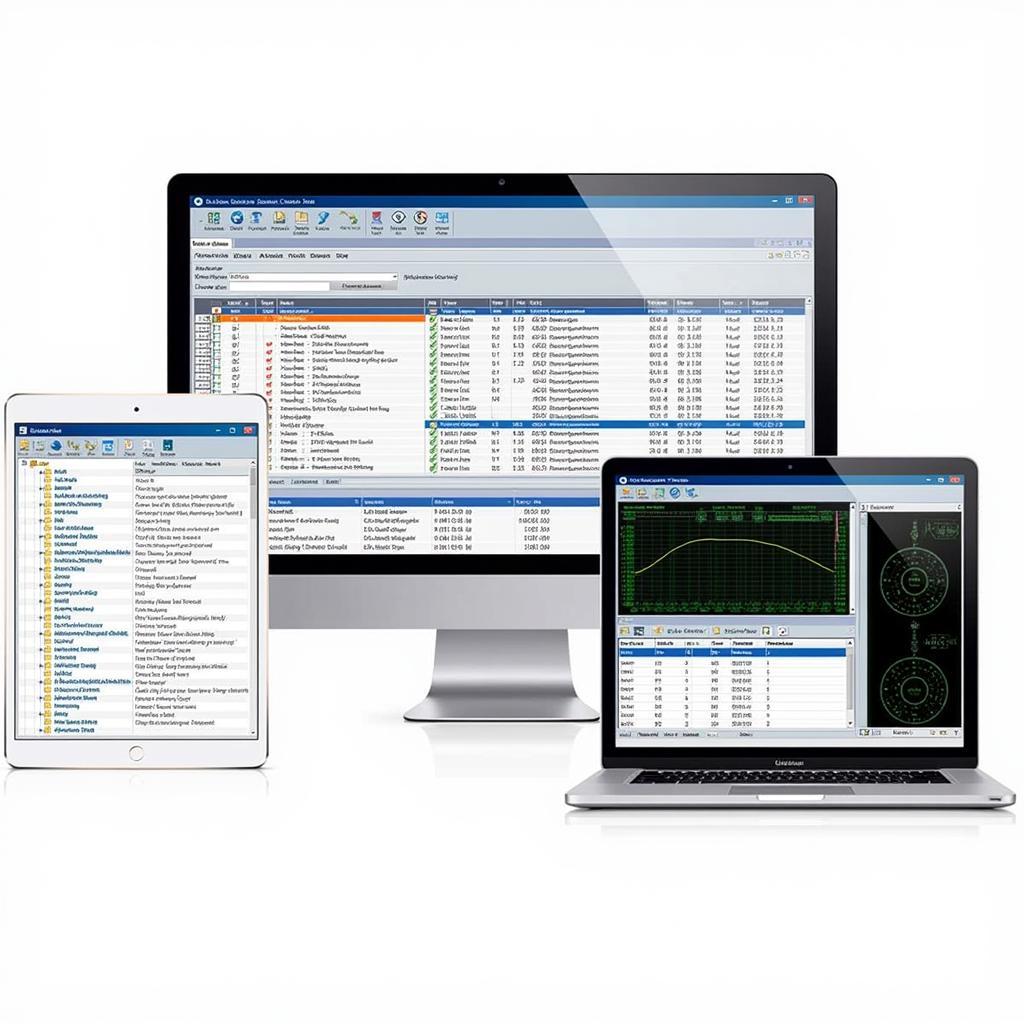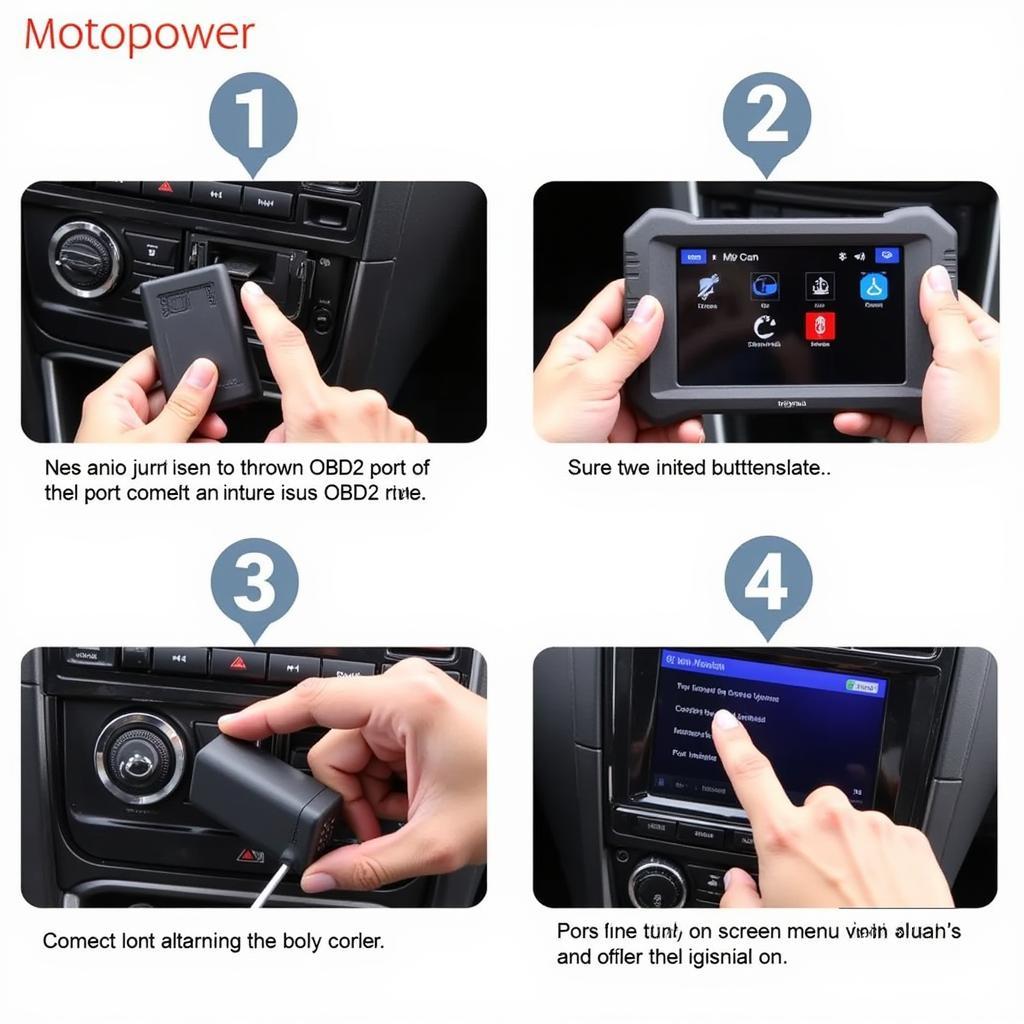Boundary Scan Test Tools are essential for diagnosing and troubleshooting electronic systems in modern vehicles. They offer a powerful method for testing complex circuitry, especially in today’s increasingly sophisticated automotive environment. These tools can significantly improve diagnostic accuracy and reduce repair time, leading to increased efficiency and cost savings for both individual car owners and professional repair shops.
Understanding the Power of Boundary Scan Test Tools
Boundary scan, also known as JTAG (Joint Test Action Group), is a standardized method for testing and debugging printed circuit boards (PCBs). It utilizes a dedicated hardware interface to access and control individual components on a PCB. Boundary scan test tools leverage this interface to inject test signals and capture responses, enabling comprehensive testing of connections, components, and even embedded software. This technique is especially valuable for diagnosing intermittent faults and issues that are difficult to reproduce with traditional methods. Think of it as having a microscopic probe that can check every connection and component on your car’s electronic systems.
What are the Benefits of Using Boundary Scan Test Tools?
Boundary scan test tools provide a multitude of advantages for automotive diagnostics:
- Improved Fault Isolation: Pinpoint the exact location of faults, even in complex, multi-layered PCBs.
- Reduced Diagnostic Time: Significantly faster than traditional troubleshooting methods, saving valuable time and resources.
- Increased Test Coverage: Achieve higher test coverage compared to traditional methods, ensuring more comprehensive diagnostics.
- Early Fault Detection: Identify potential issues early in the production process, minimizing costly rework and delays.
- Simplified Testing of Inaccessible Components: Access and test components that are physically difficult to reach with traditional probes.
 Boundary Scan Test Equipment in Auto Repair Shop
Boundary Scan Test Equipment in Auto Repair Shop
How Boundary Scan Test Tools Work in Automotive Applications
In the automotive world, boundary scan is becoming increasingly important for testing a wide range of electronic systems, from engine control units (ECUs) to advanced driver-assistance systems (ADAS). The complexity of these systems requires sophisticated diagnostic tools capable of quickly and accurately identifying faults. Boundary scan excels in this area by providing direct access to the internal workings of electronic components.
Common Automotive Applications of Boundary Scan
- ECU Testing: Diagnose faults in engine control units, transmission control modules, and other critical control systems.
- ADAS Diagnostics: Troubleshoot issues with radar sensors, cameras, and other components of advanced driver-assistance systems.
- Infotainment System Testing: Test the functionality of in-car entertainment and navigation systems.
- Body Control Module Diagnostics: Diagnose problems with lighting, power windows, and other body control functions.
Choosing the Right Boundary Scan Test Tools
Selecting the right boundary scan test tools can be overwhelming, given the variety of options available. Consider these factors when making your decision:
- Software Compatibility: Ensure the software supports the specific vehicle makes and models you work with.
- Hardware Interface: Choose a hardware interface that is compatible with the vehicle’s diagnostic port.
- Test Coverage: Opt for tools that provide comprehensive test coverage for the specific systems you need to diagnose.
- Ease of Use: Select tools with user-friendly software and intuitive interfaces.
- Technical Support: Choose a vendor that offers reliable technical support and training.
“Investing in high-quality boundary scan test tools is a game-changer for any automotive repair shop,” says John Miller, Senior Automotive Diagnostics Engineer at ScanToolUS. “The ability to quickly and accurately pinpoint faults saves valuable time and improves customer satisfaction.”
Getting Started with Boundary Scan Testing
Implementing boundary scan testing can be a seamless process with the right approach. Here are some essential steps to get started:
- Training and Certification: Invest in proper training and certification for your technicians to ensure they can effectively use the tools.
- Equipment Acquisition: Purchase the necessary hardware and software based on your specific diagnostic needs.
- Integration with Existing Systems: Integrate the boundary scan tools with your existing diagnostic equipment and workflows.
- Ongoing Support and Updates: Stay up-to-date with the latest software updates and technical support from your vendor.
 Boundary Scan Software Interface on Laptop
Boundary Scan Software Interface on Laptop
“Boundary scan technology has revolutionized the way we diagnose and repair complex automotive electronic systems,” adds Sarah Chen, Lead Diagnostics Technician at a leading automotive repair facility. “It’s an invaluable tool for any technician working on modern vehicles.”
Conclusion
Boundary scan test tools are becoming indispensable for effective automotive diagnostics. Their ability to pinpoint faults accurately and quickly saves time, reduces costs, and improves overall repair efficiency. By understanding the benefits, applications, and selection criteria for these tools, automotive professionals can significantly enhance their diagnostic capabilities and stay ahead of the curve in the ever-evolving automotive landscape. Connect with us at ScanToolUS for any assistance or inquiries. Our number is +1 (641) 206-8880, and our office is located at 1615 S Laramie Ave, Cicero, IL 60804, USA.

